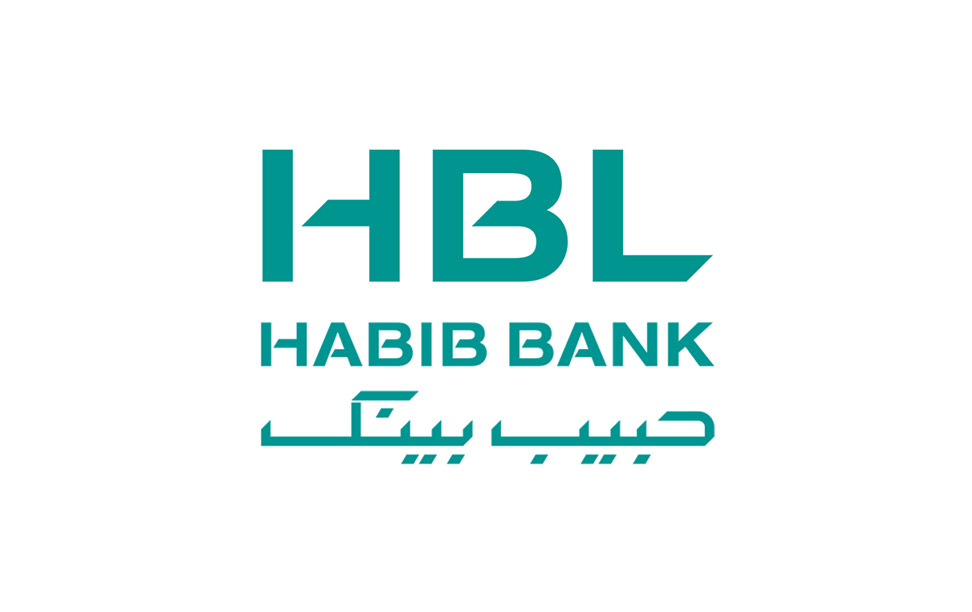HASCOL’s ratings assigned negative outlook as reliance on imports enhances its FOREX risk: VIS

By MG News | April 25, 2019 at 10:57 AM GMT+05:00
April 25, 2019 (MLN): VIS Credit Rating Company Limited has maintained the entity ratings of Hascol Petroleum Limited (HPL) at ‘AA-/A-1’. Rating of Hascol’s secured Sukuk issue of Rs. 2 billion has also been maintained at ‘AA’. Outlook on the assigned ratings has been revised from ‘Stable’ to ‘Negative’.
The assigned ratings incorporate Company’s position as the second largest Oil Marketing Company in Pakistan with overall market share increasing on a timeline basis in 2018.
Ratings draw comfort from strategic investment of Vitol Dubai Limited in HPL, a significant international player in the oil sector. Moreover, company’s diversification initiatives (Lubricants, LPG, Specialized Fuels/Chemicals and LNG) and significant investment in infrastructure (both storage and retail pumps) will be a source of competitive advantage for HPL vis-à-vis other OMCs and will allow it to sustain its market position over the long-term.
Revision in rating outlook reflects weakening in OMC industry dynamics as reflected by dip in industry volumes and reliance on imports resulting in exposure to currency fluctuation in the back drop of pressure on external front. Ratings remain dependent on reduction in currently high leverage indicators and improving cash flow coverage of outstanding debt.
Industry oil sales volumes decreased by 27% in 9MFY19 primarily on account of decrease in sales of Furnace Oil (FO) and High Speed Diesel (HSD) while Motor Gasoline (MOGAS) sales increased by 1%. HPL is the second largest OMC in the country with a market share of around 12.7% in total OMC volumes in 2018. However, market share in retail fuels, particularly MOGAS, has declined in recent months. This is partly attributable to a deliberate strategy of managing exchange rate risk.
Moreover, the capital expenditure of the company has been primarily financed through acquisition of additional debt with some funding undertaken through a rights issue in 2017. Sizeable debt funded capital expenditure and lower cash flow generation has resulted in pressure on liquidity profile. Slowdown in capital expenditure, improvement in working capital management and cost controls besides diversification into newer product segments are key focus areas.
Copyright Mettis Link News
Related News
| Name | Price/Vol | %Chg/NChg |
|---|---|---|
| KSE100 | 127,875.69 233.82M |
1.79% 2248.38 |
| ALLSHR | 79,616.88 665.52M |
1.31% 1032.16 |
| KSE30 | 38,932.03 80.71M |
2.04% 778.24 |
| KMI30 | 186,956.60 96.66M |
1.12% 2070.10 |
| KMIALLSHR | 54,209.48 364.08M |
0.83% 445.67 |
| BKTi | 32,985.11 38.26M |
3.33% 1063.43 |
| OGTi | 27,911.76 5.59M |
0.50% 137.77 |
| Symbol | Bid/Ask | High/Low |
|---|
| Name | Last | High/Low | Chg/%Chg |
|---|---|---|---|
| BITCOIN FUTURES | 107,420.00 | 108,105.00 107,040.00 |
-815.00 -0.75% |
| BRENT CRUDE | 66.52 | 66.93 66.34 |
-0.22 -0.33% |
| RICHARDS BAY COAL MONTHLY | 97.00 | 0.00 0.00 |
0.20 0.21% |
| ROTTERDAM COAL MONTHLY | 107.65 | 0.00 0.00 |
0.40 0.37% |
| USD RBD PALM OLEIN | 998.50 | 998.50 998.50 |
0.00 0.00% |
| CRUDE OIL - WTI | 64.84 | 65.27 64.67 |
-0.27 -0.41% |
| SUGAR #11 WORLD | 16.19 | 16.21 16.14 |
-0.01 -0.06% |
Chart of the Day
Latest News
Top 5 things to watch in this week
Pakistan Stock Movers
| Name | Last | Chg/%Chg |
|---|
| Name | Last | Chg/%Chg |
|---|



